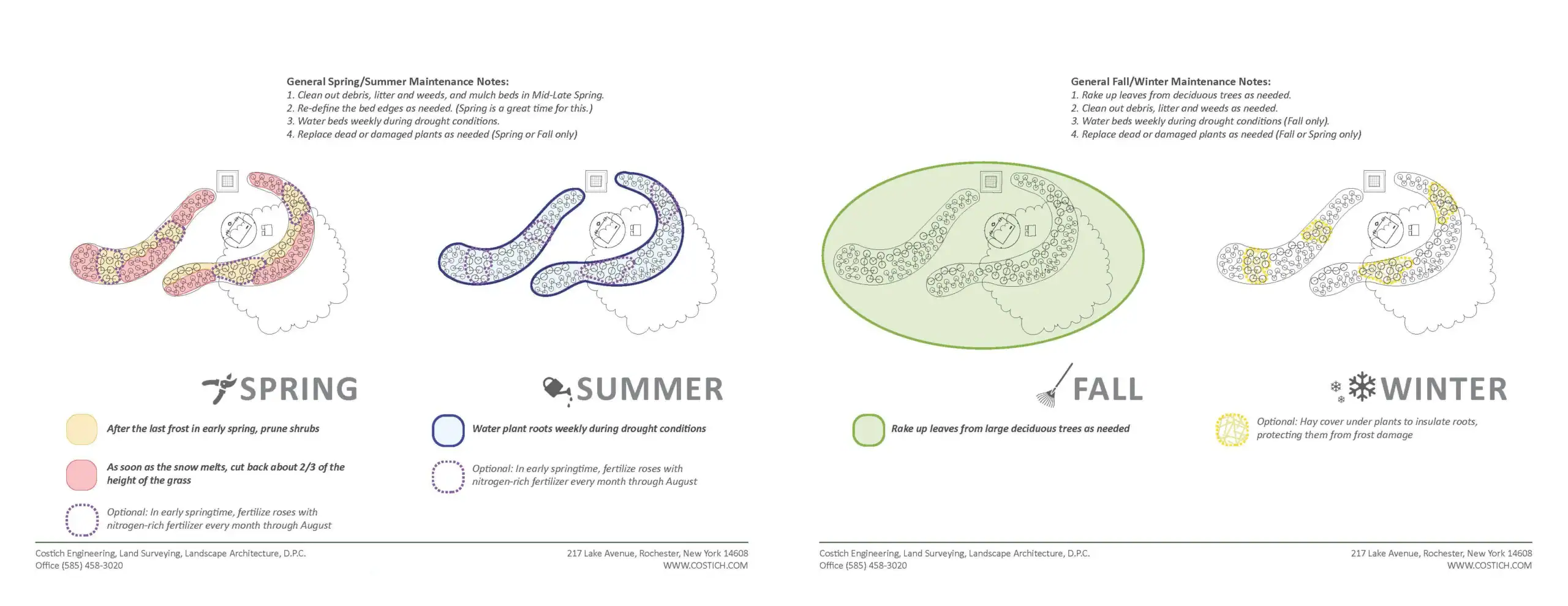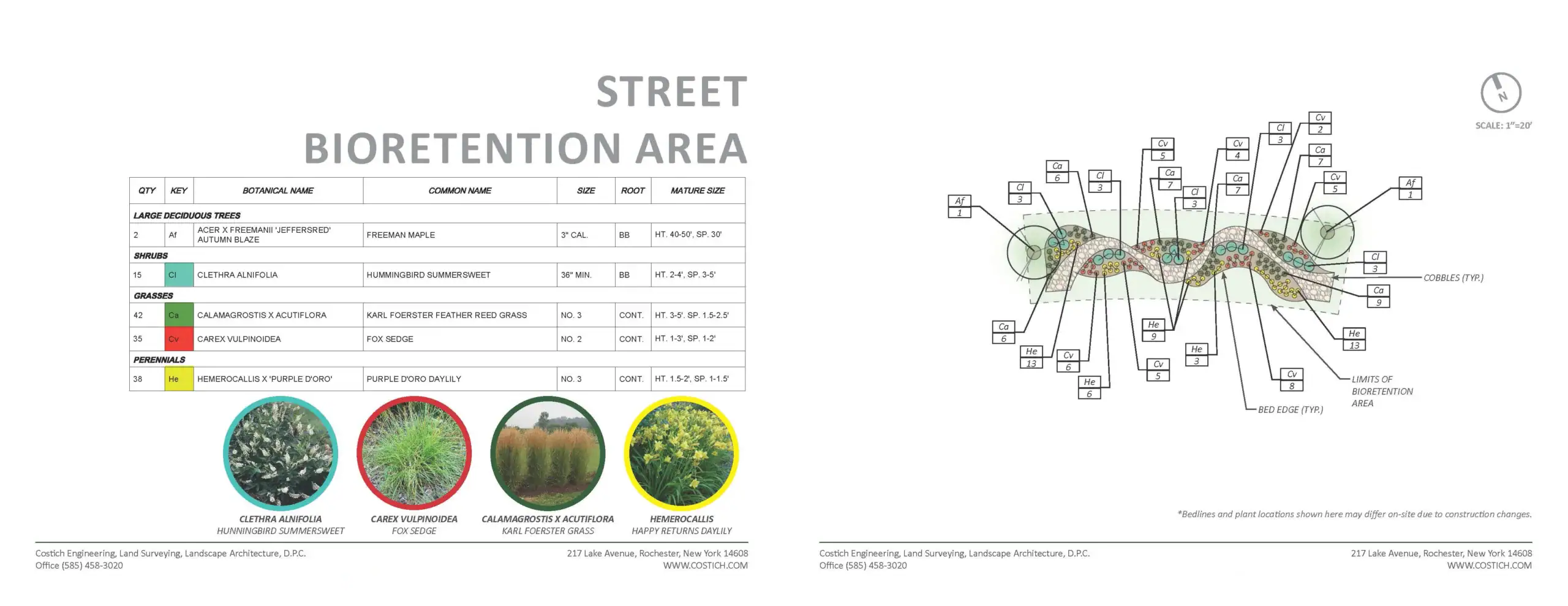
This summer’s dramatic weather swings, from record rainfall in June to drought-like conditions within a matter of weeks, have created the perfect stress test for landscapes everywhere. While some installations thrived through these extremes, others struggled. These contrasts revealed fundamental truths about what separates resilient, successful landscapes from those that merely survive opening day.
Observing how different landscapes responded to this summer’s challenges reinforced some critical principles that apply regardless of location:
There’s no such thing as a truly “no maintenance” landscape. Even the most carefully selected, hardy plantings require ongoing care. The landscapes that weathered this summer’s extremes best were those that took long-term maintenance into account during the initial design phases. Often, it’s as simple as including a recurring “landscape maintenance” bullet point on a project team meeting agenda, or project cost estimates.
This means more than just specifying drought-tolerant plants. It means understanding how site layout, grading and utilities will impact the amount of water plant areas will receive, deciding if an adaptive irrigation system is needed, selecting plant combinations that support each other’s health, and monitoring from construction through the first few years to creating maintenance schedules that anticipate seasonal challenges. The upfront investment in maintenance planning pays dividends when weather doesn’t cooperate.

Sun exposure, soil composition, drainage patterns, wind, and even plant sourcing all determine whether a landscape thrives or merely survives. We’ve seen identical plant palettes perform completely differently on sites just miles apart, simply because of variations in microclimate, installation practices, and maintenance.
This summer’s weather swings highlighted how critical it is to understand not just average conditions, but extremes. Successful designs account for both the wettest and driest scenarios a site might face. They consider how water moves across the landscape during heavy rains, where it pools, and which areas will be first to dry out during drought periods.
Not to mention the upcoming snow, ice, and salt impacts we’ll see from the winter season in northeastern landscapes!

Municipal requirements around plant type, location, and quantity serve important purposes in combating urban heat island effect, providing habitat, beatifying the public realm, etc. However, meeting code doesn’t guarantee success. A code-compliant design might look perfect on paper yet struggle in reality if day-to-day site conditions—compacted soil, reflected heat from pavement, limited water access, salt spray, or challenging maintenance logistics—aren’t addressed.
The most successful projects go beyond minimum requirements to solve the actual challenges the landscape will face. This might mean specifying specific planting soil mixtures to promote better oxygen, water and nutrient uptake by plants, or selecting plant varieties that handle site conditions better than code minimums would suggest.

Weather extremes are increasing everywhere. The traditional approach of designing for “average” conditions no longer provides adequate resilience. Today’s successful landscapes must be designed to handle extremes, not as rare exceptions, but as regular occurrences.
This shift requires a deeper understanding of plant ecology, soil science, and environmental systems. It means understanding the careful balance between aesthetic goals and long-term adaptability. The landscapes that stood out as successes this summer were those designed with weather extremes in mind from the beginning, not as an afterthought.
Every project is an opportunity to create something that doesn’t just look good on installation day, but grows, adapts, and flourishes over time. When that happens, the difference is visible to everyone—from property owners to the broader community.
The key is recognizing that thoughtful design upfront isn’t just about preventing problems. It’s about creating landscapes that become more valuable, more beautiful, and more resilient as they mature. In an era of climate uncertainty, that kind of forward-thinking design isn’t just good practice, it’s essential.